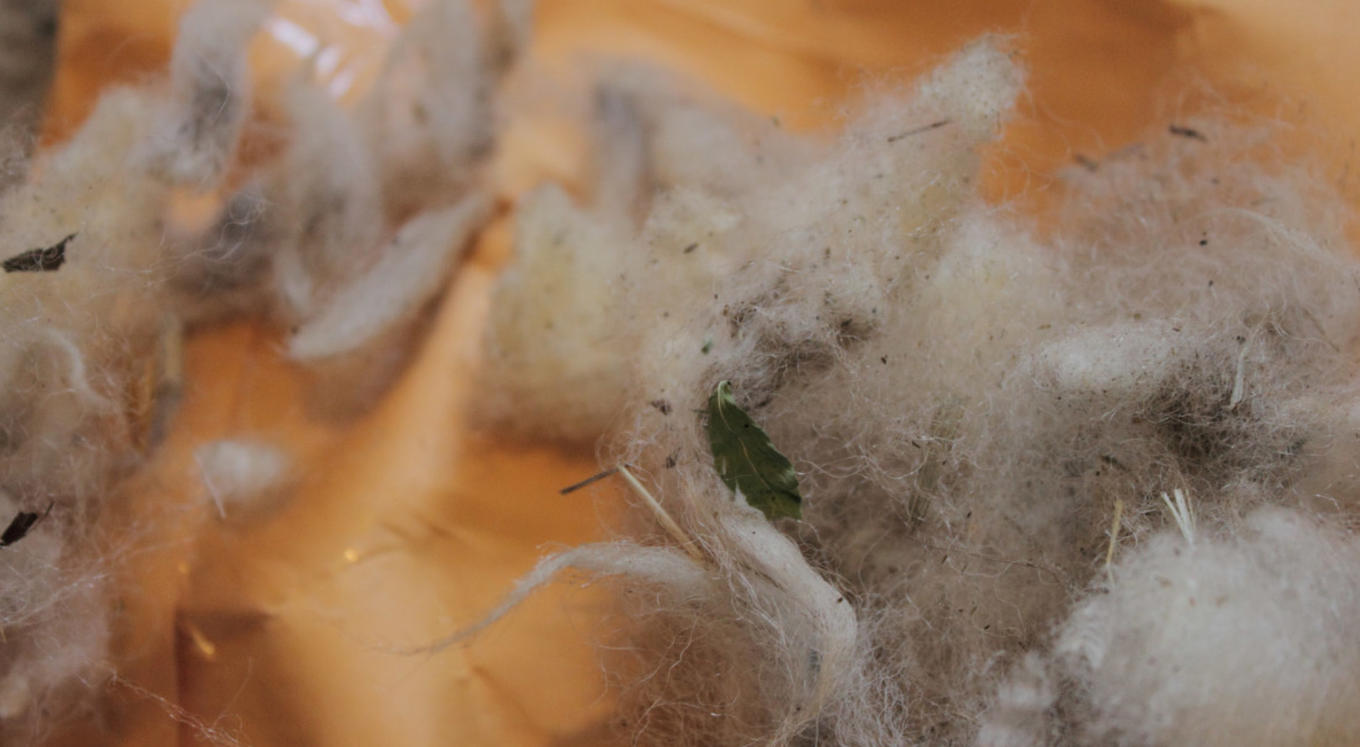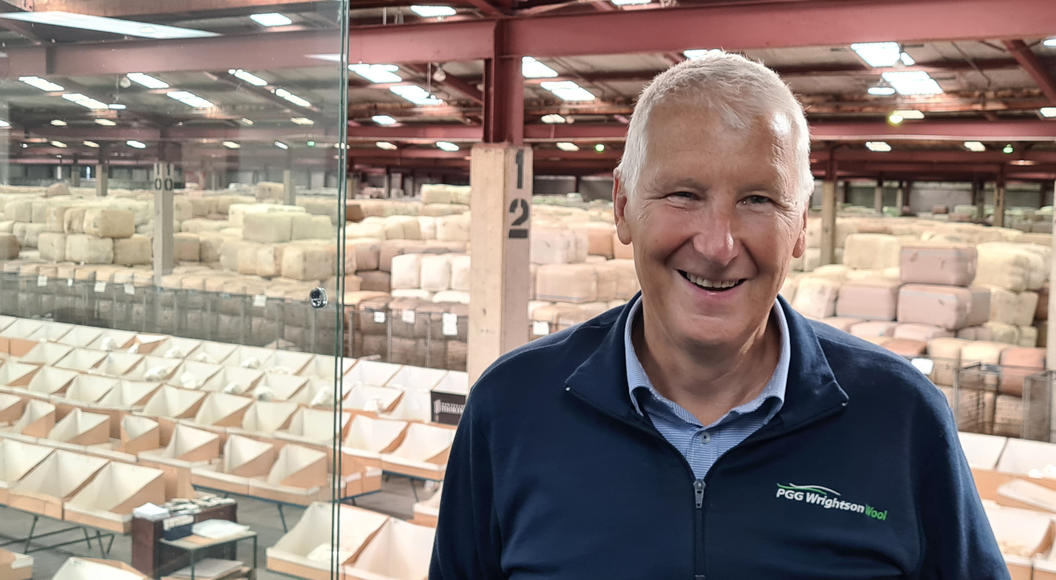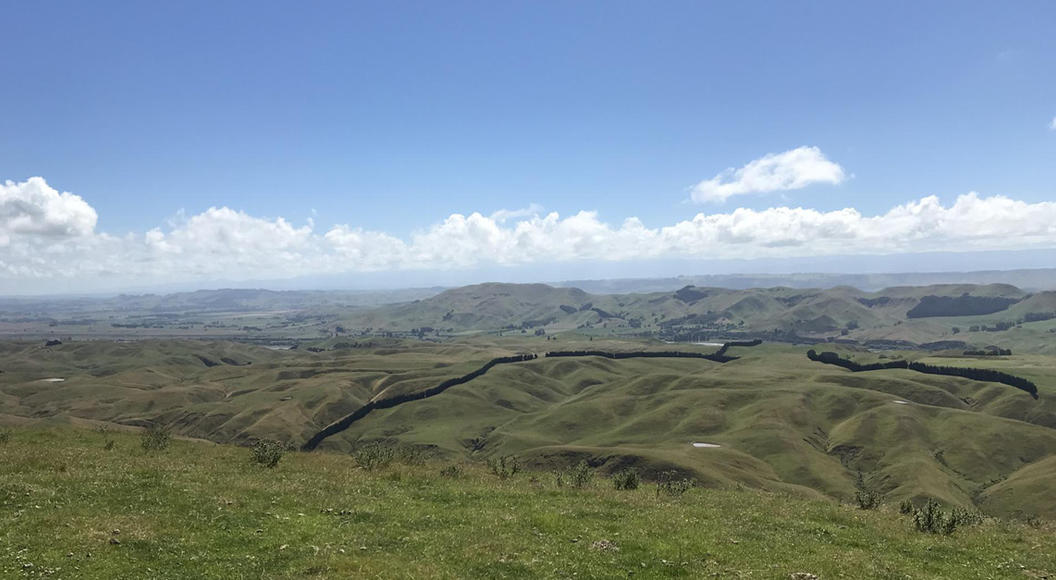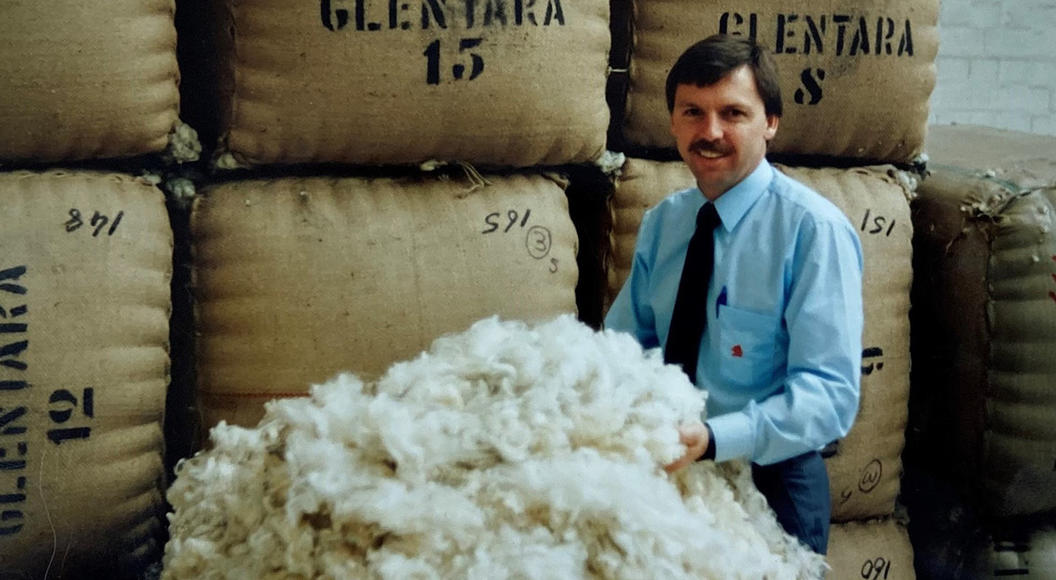
Time to minimise vegetable matter – and horehound
As we progress towards pre-lamb shearing in the coming months, growers need to prepare to minimise VM in the wool they are set to consign.
There are two different classes of VM contaminant: most, the likes of hay, manuka leaf, and grass seed, which is relatively easy to remove, washing out of the wool early in the scouring process; and clinging seed heads, which hook onto the fibre as a method of seed dispersal, making removal more difficult.
Due to the wet spring and early summer in many districts, both categories of VM in pre-lambing wool will likely be worse than usual this season. Central Otago, South Canterbury and McKenzie experienced abundant rain in December, January and February, ahead of a much drier March, April and May. That left plenty of surplus vegetation on many paddocks, subsequently picked up by grazing ewes, which have gained excellent condition on ample pasture. The higher than average VM levels are a downside to that.
In addition, the prevalence of horehound has been growing in many districts over the past few years, risking a seriously detrimental effect on wool quality for those growers who are not diligent in the shed. Horehound falls into the second category of VM, with a hooked seed head that adheres to wool, particularly on bellies, necks and flanks. Recently bellies of particular ewes were so matted and contaminated with horehound that fleeces were like frisbees: from the heads down, on the shoulders, running up the briskets and under the chins.
Horehound is challenging to shift, and after being introduced to New Zealand in the late nineteenth century, it has become widespread throughout the South Island in recent years, from the south, reaching up through Canterbury and Marlborough. Spraying is too expensive to justify, and while some biological controls are being trialled, they will likely take several years to prove.
When it reaches the scour, wool infested with horehound has to go through a carbonising process, essentially an acid bath, to dislodge the seed head hooks from the fibre.
What does that do to the value of your wool when it reaches the auction room? Wool with unacceptable VM will sell, though only at a heavy discount. For a clip from Tarras offered in mid-May, taken off a mob of cull merino ewes the previous month, the difference between high VM wool and low VM was stark: the mainline wool assessed at 0.4 per cent VM sold for $30 per kilogram clean, or $21.50 per kilogram greasy, then when the oddments from the same flock were offered, with a 5.2 per cent VM ranking, the price was $13.70 per kilogram greasy, a price reduction of 37 per cent.
Nobody wants to see 12 months of effort undermined by lack of due care in the woolshed.
Although inattention in the shed wastes money, putting it right takes minimal effort. Ultimately the responsibility for minimising VM and optimising value sits with the grower, who needs to work closely with the shearing contractor, leading shed hand and wool classer.
A practical approach will ensure, like for like, wool is consigned together. If the mainline fleece can be separated from the more highly contaminated wool, particularly when the VM is horehound, that makes it easier to deal with it at the scour. Make sure the contaminated parts of the fleece are stripped out and consigned in a separate bale. If that leaves more of the fleece outside the mainline bales, so be it: by making further stage processing more efficient, you are improving the overall value of your clip.
Communication within the shed is key: make sure all parties know what you need, why, and how they can work together to deliver that outcome best.
Dave Burridge, South Island Auction Manager, PGG Wrightson


